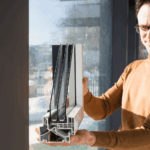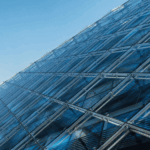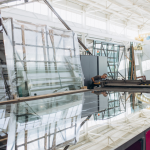In construction, interior design, or industrial installations, safety is a top priority. To meet these requirements, two main types of safety glass dominate the market: laminated glass and tempered glass.
But what are the differences between these two products? And above all, which is best suited to your projects? As a professional glass supplier, NOXEM GROUP helps you make the right choice according to usage, safety requirements, and site constraints.

What Is Tempered Glass?
Tempered glass, also called safety glass, is a flat glass that undergoes a thermal treatment process: it is heated to around 600°C and then cooled very rapidly.
Key features of tempered glass:
Mechanical resistance 5 times higher than standard glass
Thermal resistance: withstands temperature differences up to 200°C
In case of breakage, it shatters into small, blunt pieces, reducing the risk of injury
Applications of tempered glass:
Interior glass partitions
Shower screens
Glass furniture
Glass façades exposed to thermal stress
Large glazing subjected to mechanical stress
What Is Laminated Glass?
Laminated glass is a technical safety glass made of two or more panes of flat glass bonded together with one or more plastic interlayers (often PVB – polyvinyl butyral).
Key features of laminated glass:
Very high impact resistance
In case of breakage, fragments remain attached to the film and the pane stays in place
Anti-burglary, anti-fall, and projectile protection
Improved acoustic insulation
Applications of laminated glass:
Glass railings and balustrades
Shopfront windows
Glass roofs and skylights
Anti-burglary or bullet-resistant glazing
Protection against falling objects or people
Tempered or Laminated Glass: Which Should You Choose?
For punctual mechanical resistance → Tempered Glass
Ideal when glazing is exposed to impact or pressure (door closing, vibration, thermal variations) but does not need to stay in place if broken.For personal safety and anti-burglary protection → Laminated Glass
Best choice when there is a real risk of falls, projection, or intrusion. Mandatory for balustrades, skylights, or glass floors, and recommended for public areas.
Can Both Types of Glass Be Combined?
Yes! There are tempered-laminated glasses that combine the benefits of both processes:
Thermal tempering for mechanical resistance
Lamination for retention in case of breakage and enhanced safety
This type of custom technical glass is commonly used in public-access buildings, high façades, or glazing exposed to extreme risks.
En résumé : tableau comparatif
| Criteria | Tempered Glass | Laminated Glass |
|---|---|---|
| Impact resistance | ★★★★☆ | ★★★☆☆ |
| Retention if broken | ✘ | ✔ |
| Thermal resistance | ✔✔✔✔✔ | ✔✔✔ |
| Personal safety | Medium | High |
| Anti-burglary protection | No | Yes (depending on thickness) |
| Average price (equal thickness) | More economical | More expensive but more protective |
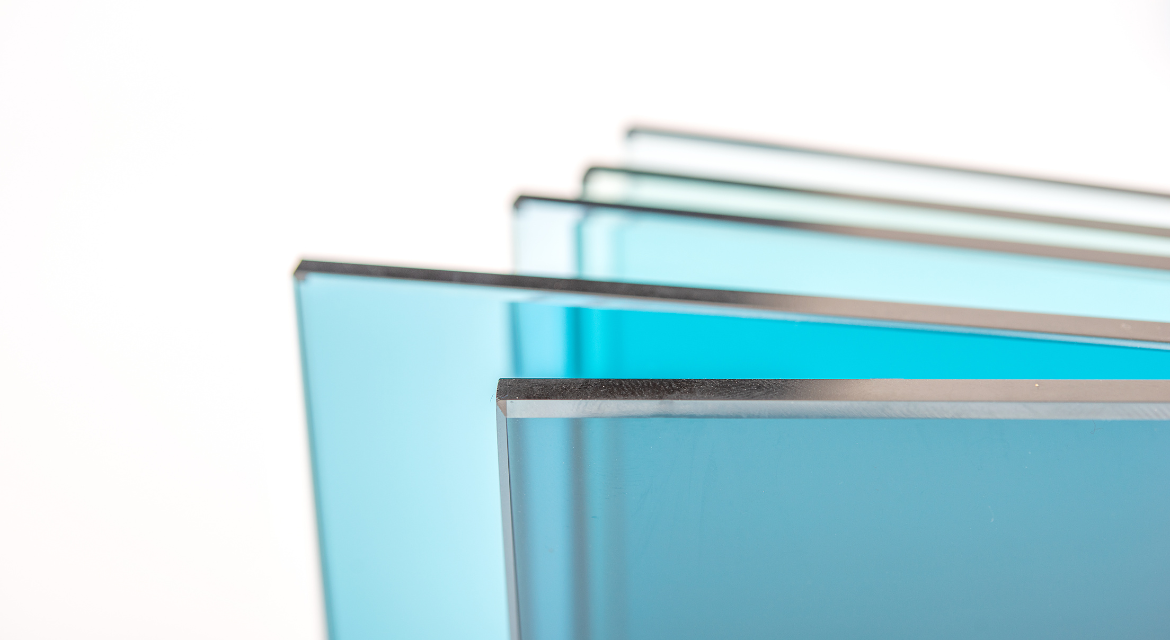
Choose NOXEM GROUP for Your Safety Glass
At NOXEM GROUP, we are professional glass suppliers specialized in custom glass cutting, whether tempered, laminated, or a combination of both.
We advise you in choosing the safety glass best suited to your project:
Dimensions, thicknesses, and technical performance
Direct delivery to your site in France and across Europe
Certified products compliant with European standards
Contact our team for a personalized quote and benefit from our expertise.

